From Oct 31st, 2009 through Jan 24th, 2010.
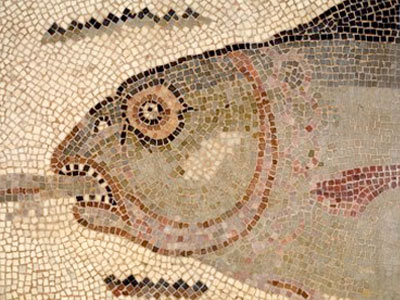 Tree of Paradise: Jewish Mosaics from the Roman Empire from the Brooklyn Museum examines the role of twenty-one extraordinary mosaics in the development of synagogue decoration in the late Roman Empire. The exhibition presents the reconstruction of an ancient mosaic floor from a synagogue in Hammam Lif, Tunisia (the ancient Punic town of Naro, later called Aquae Persianae by the Romans). A Latin inscription in one of the surviving panels records that the mosaic floor was a gift to the synagogue from a certain Julia, a resident of Naro, in about 500 C.E.
Tree of Paradise: Jewish Mosaics from the Roman Empire from the Brooklyn Museum examines the role of twenty-one extraordinary mosaics in the development of synagogue decoration in the late Roman Empire. The exhibition presents the reconstruction of an ancient mosaic floor from a synagogue in Hammam Lif, Tunisia (the ancient Punic town of Naro, later called Aquae Persianae by the Romans). A Latin inscription in one of the surviving panels records that the mosaic floor was a gift to the synagogue from a certain Julia, a resident of Naro, in about 500 C.E.
Twelve of the panels on display were part of the sanctuary floor. Their primary subjects are Creation and Paradise. Motifs include a tree in Paradise, sea animals, symbolic birds, baskets, and fruits. The remaining nine panels, datable to the first or second century C.E., originated either in an earlier part of the same synagogue or in a nearby building. Imagery includes animals, a male figure, and a female figure. Approximately thirty-eight related artifacts, including contemporaneous textiles, marble statues, gold jewelry, and bronze ritual objects, provide further context for the mosaics.
The mosaics were discovered by chance in 1883 by a French army captain, Ernest de Prudhomme, while preparing ground for gardening. In 1905, the Brooklyn Museum acquired most of the panels Prudhomme had owned and transported back to his home in Lyon. The discovery of these mosaics ushered in the birth of synagogue archaeology, which eventually revolutionized modern understanding of ancient Jewish life and religion. Modern scholars recognize that the gloomy depiction of Jewish life in late Roman Empire texts must be viewed alongside a decidedly different picture formed from archaeological evidence. Archaeological remains of ancient synagogues from Turkey to Spain and from Hungary to Tunisia show that many Jewish communities prospered in spite of official intolerance. Other discoveries of ancient synagogues in modern Israel, Jordan, Syria, Greece, Macedonia, Bulgaria, and Italy reveal the vitality of Jewish life around the Mediterranean Sea during the Roman Empire and an unexpected tolerance from their non-Jewish neighbors.
The exhibition sheds light on the origins of synagogues, the development of Jewish art in the Roman period, female patronage in ancient synagogues, connections between Jewish, Christian, and pagan symbolism in art, and the relationship between ancient and modern synagogues. The works of art in Tree of Paradise reveal a society where Jews were more integrated and accepted than ancient texts would suggest.
Lowe Art Museum
1301 Stanford Drive
Coral Gables, FL 33146
305.284.3535
www.lowemuseum.org

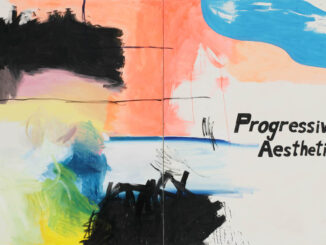
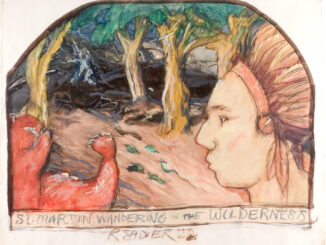
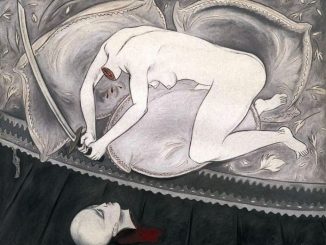
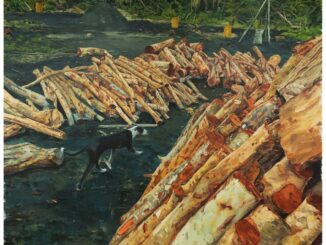

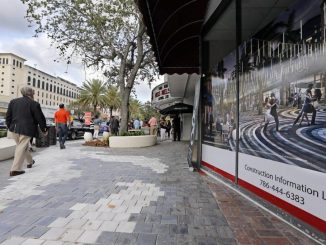
Be the first to comment